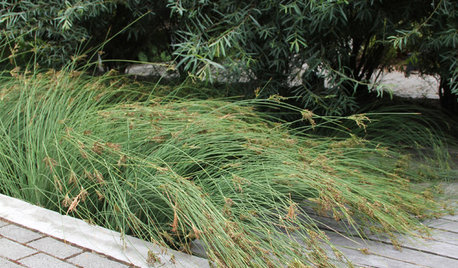Salix integra 'Hakuro Nishiki' aka Dappled Willow
scarlettmx5
17 years ago
Related Stories

GARDENING GUIDESProtect a Precious Resource With a Rain Garden
Promote pure water and a beautiful landscape with a garden design that makes the most of the rain
Full StoryMore Discussions








Embothrium
Mary Palmer
Related Professionals
Windham Landscape Architects & Landscape Designers · Panama City Landscape Architects & Landscape Designers · Rancho Palos Verdes Landscape Architects & Landscape Designers · Hartford Landscape Contractors · East Lake-Orient Park Landscape Contractors · Kaneohe Landscape Contractors · Maywood Landscape Contractors · Natick Landscape Contractors · Overland Park Landscape Contractors · West Allis Landscape Contractors · Jacksonville Fence Contractors · Framingham Fence Contractors · Guilford Fence Contractors · Huntington Beach Fence Contractors · La Canada Flintridge Fence ContractorsEmbothrium
scarlettmx5Original Author
Embothrium
trolley_molly
Embothrium
Mary Palmer
Embothrium
springer_mom
ian_wa
Embothrium
lazygardener
ian_wa
Embothrium
cascadians
ltrtthomas
gardengal48 (PNW Z8/9)
Embothrium
de4axe
lynne0755
fremar
trees4you
George Three LLC
hemnancy
queenc723_bex_net
ataramac_gmail_com
katybug6044
gardengal48 (PNW Z8/9)